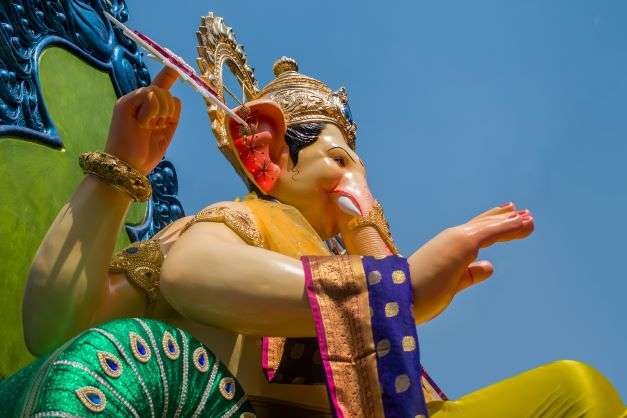
What is Ashta Vinayaka Yatra?
Ashta Vinayaka yatra is a pilgrimage circuit to the eight temples of Lord Ganesha in Maharashtra which means “eight Ganeshas”.
It is believed that the deities inside the temples are “Swayambhu” meaning they were sculpted naturally. There is a popular belief among the devotees that to complete the Ashtavinayak Yatra one has to finish visiting all the temples and then revisit the first temple.
The temples in Ashta Vinayaka Yatra are –
- Mayureshwar temple, Pune.
- Siddhi Vinayaka, Ahmednagar dist.
- Ballaleshwar temple, Raigad dist.
- Varada Vinayaka temple, Raigad dist.
- Chintamani temple, Pune.
- Girijatmaj temple, Pune.
- Vigneshwar temple, Pune.
- Mahaganpati temple, Pune.
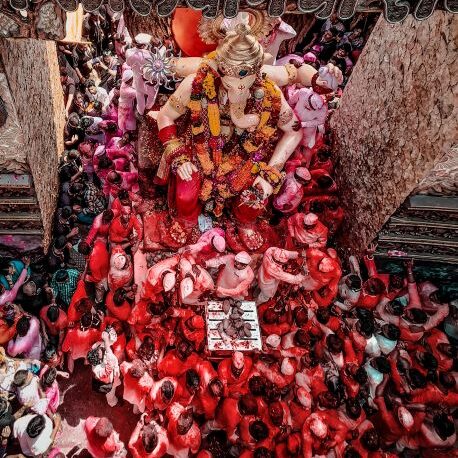
This Ashta Vinayaka Yatra starts from the Mayureshwar or the Moreshwar temple in Pune and once all the eight sites are visited the Moreshwar temple is visited again to mark the completion of the yatra.
1. Mayureshwar temple
It is also known as the Moreshwar temple. It is the starting and the end point of the Ashtavinayak Yatra. There is an idol of Nandi (Shiva’s devotee) in front of the temple. The deity in the temple is riding a peacock. It is believed that Lord Ganesha took the form of Mayureshwara and slayed the demon Sindhu at that place. The temple has an interesting structure. The temple is built in such a way that it seems like a mosque when seen from a distance. This was done as a preventive measure to save the temple from Islamic attacks during the Mughal period. The temple is surrounded by a 50-foot wall.
2. Siddhi Vinayak temple
It is located in Siddhatek in the Ahmednagar district of Maharashtra. The sanctum sanatorium is believed to be built by Maharani Ahilyabai Holkar. The road in front of the temple was built by Haripant Phadake (a Peshwa general). This is the only deity out of the eight with the right trunk position.
3. Ballaleshwar temple
The temple is named after a staunch devotee of Lord Ganesha “Ballala”. Impressed by his devotion, Lord Ganesha came to the rescue of the boy when he was beaten by his father and tied to a tree for his over-devotion. Thus, Lord Ganesha after granting the wish of his devotee stayed there in the form of stone inside the idol of Ballala Vinayak. The temple was constructed by Moreshwar Vitthal Sindkar in the year 1640. In 1760 it was reconstructed by Nana Phadanavis. The eyes and navel of this idol have diamonds in it.
4. Varada Vinayaka temple
This temple was built by Sage Grutsamad. The meaning of the name is clear by itself and is “the giver of generosity and success”. In 1690 AD, the idol of the deity was found by Dhondu paudkar. The idol was immersed in a nearby lake. Ramji Mahadev Biwalkar in 1725 AD built the Varada Vinayaka temple. There is a lamp inside the sanctum sanatorium of the temple which is an “Akhand Diya” (an oil lamp which burns continuously). The lamp is continuously burning since 1892 till the present time.
5. Chintamani temple
It is located in the village of Theur. According to a legend, Ganesha brought back the “Chinta Mani” (a wish-fulfilling jewel). It originally belonged to Sage Kapila but Guna stole it. Sage Kapila impressed by Lord Ganesha gifted the jewel to him and put it in Ganesha’s neck. The eyes of the deity have diamonds in it.
6. Girijatmaj temple
The name of the temple literally translates to “Girija” meaning (Parvati) and “Atmaj” meaning (son) which means the “son of Goddess Parvati”. It is the place of birth of Lord Ganesha. The interesting fact about this temple is that there is no electricity in the temple. Hence, there are no bulbs or electric lamps but the architecture of the temple is so unique that the place is well-lit during the daytime.
7. Vigneshwar temple
Lord Indra (the king of Gods) created a demon Vighnasur in order to disturb the prayer of King Abhinandan. The demon completed his duty but went a little far so as to destroy the religious acts and books. Lord Ganesha thus acquired the form of Vighnahar or Vighneshwar and captured the demon. He showed mercy on the demon on the condition that he would not disturb any place where Lord Ganesha is being prayed to. The hall is 10 feet long. The deity has rubies in its eyes and a diamond on the forehead and a jewel in the navel region. The top of the temple is made of gold.
8. Mahaganpati temple
Lord Shiva (father of Lord Ganesha) built this temple. Legend has it that Shiva worshipped Ganesha here before killing Tripurasura (a demon). The temple was constructed in the 9th or 10th century during the reign of Peshwa Madhav Rao. Local people believe that the present-day idol is not the original idol of the deity but the original one is hidden in the temple basement. The original idol is said to have 10 trunks and 20 hands. It is known as Mahotkat. The construction of the temple is so unique that when the sun moves towards the South, the sun’s rays fall directly on the idol of the deity.
Also, read
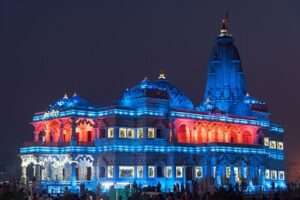
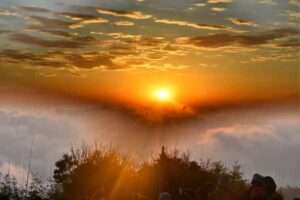
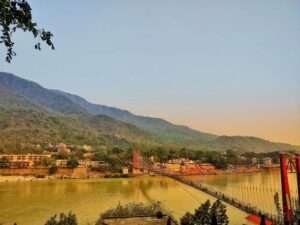
From where should I book this yatra tickets or reservation?
You have to start your yatra from Moreshwar temple and end at the same. Various travel agencies provides booking for this Yatra. You can search for https://www.ashtavinayak.net/ which I found helpful and is dedicated to the Lord Ganesha Temples Yatra only.
Thanks and Regards,
Travelling Legend
Thank you for helping. Very useful indeed.